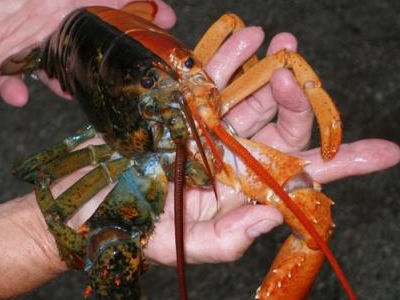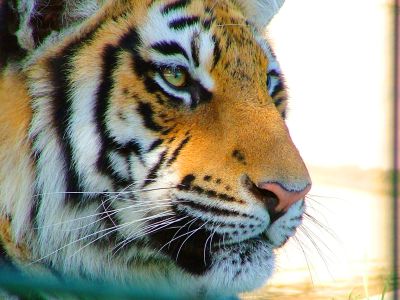Research results that 'pandas' camouflage ability is actually quite high'
Giant pandas (pandas) are creatures known for their characteristic hair that 'only some parts are black, such as around the eyes, ears, and limbs, and other parts are white.' There is a protective color theory that 'helps make it harder for predators to find', but it was unclear how well the unique two-tone color would function as a protective color. A collaborative research team from the United Kingdom, China, and Finland has announced the results of a new study using cutting-edge image analysis technology that 'the body color of a panda is actually useful as a protective color.'
The giant panda is cryptic | Scientific Reports
October: panda camouflage | News and features | University of Bristol
https://www.bristol.ac.uk/news/2021/october/panda-camouflage-.html
Pandas' Iconic Colors Turn Out to Be Good For Something Aside From Looking Cute
https://www.sciencealert.com/the-panda-s-famous-colors-are-actually-a-very-effective-form-of-camouflage
Pandas are considered to be extremely popular in zoos due to their distinctive appearance and their rarity of being an endangered species until July 2021. The most distinctive feature of pandas is their hair color scheme, and while most mammals living in nature are said to have brown or gray hair, pandas have a strange two-tone hair called 'black and white'. I have.
There is a theory that the hair of this panda 'functions as a protective color', but when you actually see the panda at the zoo, the black and white in the lush trees seem to be quite noticeable. In this regard, researchers at Jyväskylä University in Finland, Bristol University in the United Kingdom, and the Center for Animal Evolution and Genetics under the Chinese Academy of Sciences have used cutting-edge image analysis technology to 'from a more realistic predator's perspective. If you look at it, giant pandas are pretty well camouflaged. '
The research team analyzed 15 images of wild pandas taken in the natural environment, how each color is arranged, how clear the boundary between colors is, and the difference in contrast between colors. An analysis method called Quantitative Color and Pattern Analysis is applied to quantitatively analyze what is happening. At the same time, using a tool called Multispectral Image Calibration and Analysis that can reproduce the 'animal visibility' based on the wavelength of electromagnetic waves that can be recognized by the eyes of wild animals, 'Which cats and canines can be panda predators?' Do you look at pandas like that? '
Below is an image of a wild panda illustrated in the paper.
In the image below, you can see that the slightly dirty panda blends well with natural objects such as rocks and trees. The panda is in the center of the image.
The characteristic black and white two-tone color of the panda is thought to function as a camouflage
Furthermore, as a result of comparative analysis by the same method, it was confirmed that the camouflage ability of pandas is comparable to other animals that are said to be superior in camouflage.
Professor Tim Caro of the University of Bristol's Faculty of Biological Sciences, who was involved in this paper, said, 'When a Chinese colleague sent me a picture of a wild giant panda, I thought that there was no giant panda in the picture, so this is I felt that there was something. I thought that the fact that I could not see it even with the eyes of a primate, which is said to have relatively good eyesight, would not be visible to predators with poor eyesight. All I had to do was prove it objectively. ' Professor Nick Scott-Samuel of the University of Bristol School of Psychological Sciences said, 'Photographs and zoo giant pandas stand out because they can be seen from a close distance and their background does not reflect their natural habitat. From a more realistic predator's point of view, giant pandas are actually pretty well camouflaged. '
Related Posts:
in Creature, Posted by darkhorse_log







